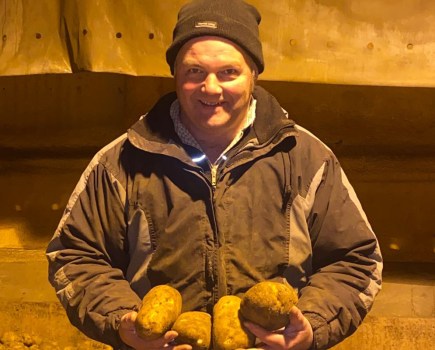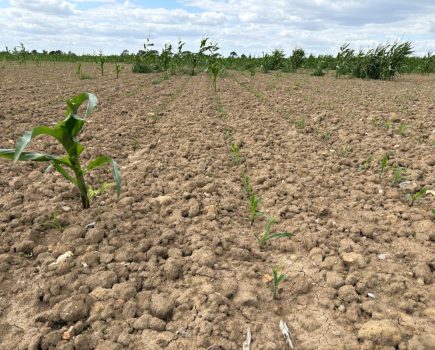By Lucy de la Pasture
March has roared its arrival and, with a bit of luck, will go out like the proverbial lamb.
It’s not very often I take the side of Donald Trump, but I’m right behind him on the subject of climate change. I’m not agreeing we shouldn’t be doing all we can to clean up the planet but is global warming real? It’s definitely not this spring. The cynic in me wonders whether the whole thing is a bit of hype, a useful invention to secure funding for lots of researchers. But seriously, isn’t the warming and cooling really just part of a natural process, the water cycle?
Interestingly the climate always warms up before cooling down, so perhaps we should brace ourselves for more ‘Beasts from the East’. It’s a reminder of how northern the UK’s latitude is and how easily a change in the position of the jet stream can turn our relatively warm winters into an arctic one.
Either way, it really brings home the influence the weather has on agriculture. Surely farming must be the riskiest business of all – it’s governed by the unknown and offers a meagre return on capital, even in a good year. Investing in bitcoin looks more attractive when it comes to weighing up the risk versus potential returns. But farmers are made of stern stuff, with a canny ability to work with whatever the planet throws at them.
And this year it’s going to be a late spring. Soils are unworkably wet and cold. The hedgerows are showing absolutely no sign of bursting into life, which makes a change to recent years where non-native thorns have been popping into leaf during Feb. The fertiliser has been sitting in the shed, waiting for a chance when the spreader can travel, and spring seed has stayed firmly in its bags. Everyone knows that when spring eventually arrives, it’s going to be bonkers.
Crops will move through their growth stages as fast as you can look at them, in their effort to get back in sync with day length. And as sure as eggs are eggs, flag leaf sprays will likely go on at a very similar time to usual. A compressed spring is never one that favours the agronomist! Decisions will often become more complex and multi-product tank-mixes will be employed in an attempt not to compromise on timings.
On the other hand, the spell of cold weather has also probably done us a few favours. It will have most likely saved a fungicide application in fields where yellow rust was becoming an issue and may take the pressure off where a T0 was going to be a necessity. It’s also a possibility that some septoria mutations may have bitten the dust. It’s the first time many of the new SDHI mutations will have had their fitness tested under a prolonged period of sub-zero temperatures. It will be interesting to see if there’s been an effect.
As far as fungicides are concerned, we’re not on the back-foot on resistance as we head into this season. As long as mixtures of fungicides with different modes of action are used at appropriate rates, then it should help reduce septoria selection pressure.
The ramularia situation in barley is an interesting one because the pathogen is such a close relative of septoria. It managed to overcome the azoles completely in 2017, which is an unprecedented event in a group of chemistry where resistance in other pathogens has always evolved slowly. That’s a red flag to pathologists who suspect a new resistance mechanism may have come into play.
Ramularia has also overcome the SDHIs, leaving trusty old chlorothalonil (CTL) as the only fungicide that still has some activity on the disease. As a result, experts are keen CTL is included as a standard part of the mix at T2 in barley crops to provide a fall back in the event of azole and SDHI failure. But it’s a message that one well-respected pathologist feels may have been overlooked
Plenty to get to grips with as March bleets quietly to an end and rolls into April, preferably without too many showers. There’s a lot to catch up on.




